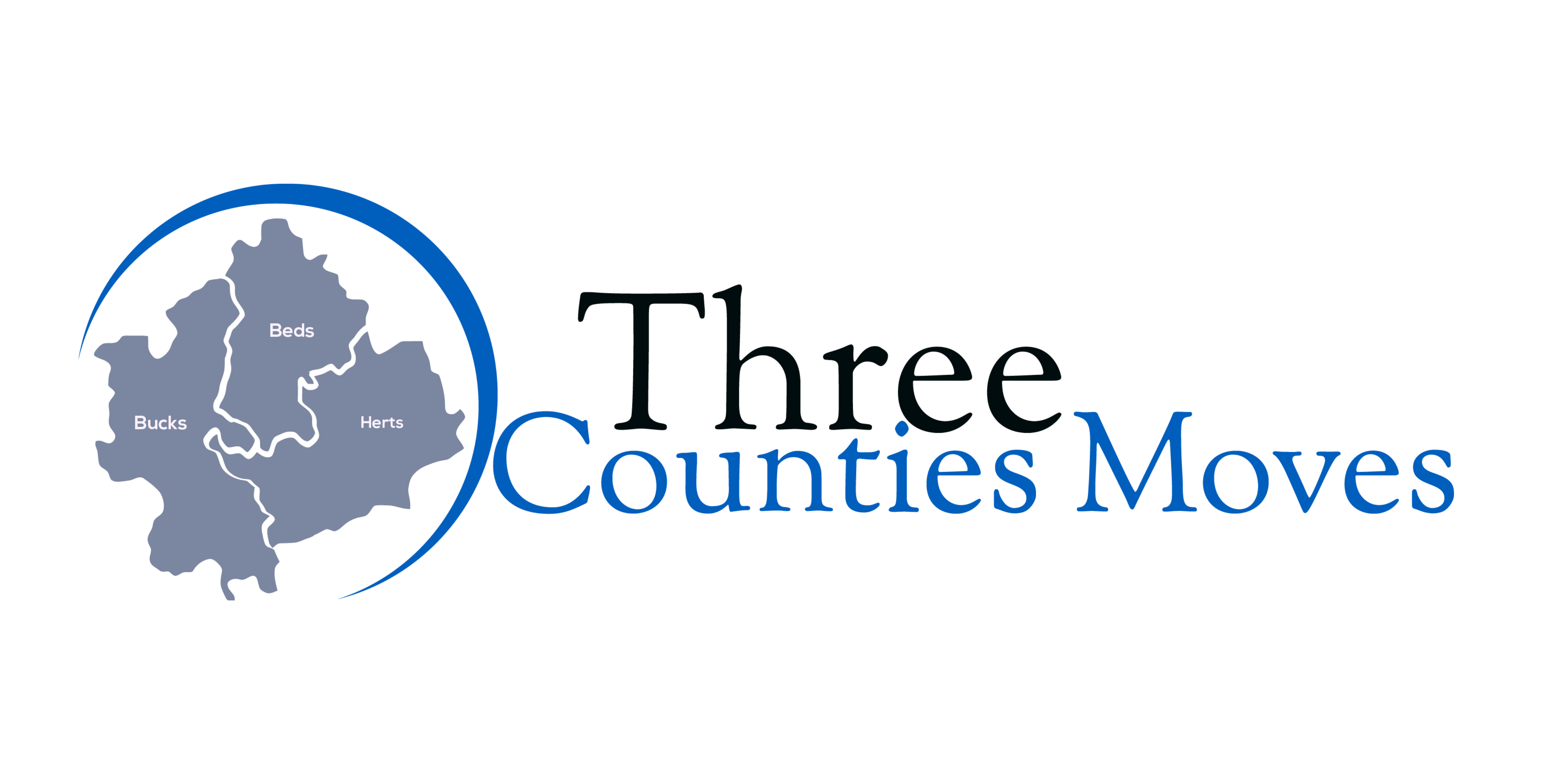An office relocation can be both exciting and daunting. While moving office often signals growth or a fresh start, the challenge lies in maintaining business continuity throughout the process. In the UK, where competition is fierce, even short interruptions can have a lasting impact on business operations. That is why companies planning a move must focus on achieving a smooth transition to their new office space with minimal downtime.
The True Cost of Downtime
The hidden costs of downtime extend far beyond missed emails or phone calls. Lost revenue, disrupted workflows, and employee stress can quickly add up. A single day without access to essential systems could mean cancelled client meetings, delayed projects, and weakened customer confidence. The financial strain is often compounded by the human factor, as employees struggle with uncertainty and shifting routines.
When IT and Operations Fall Behind
Technology is the backbone of most organisations. If servers, networks, or phone systems are not reconnected on time, even a small delay can snowball into bigger challenges. Picture a team arriving at a new office only to discover that internet access is not ready. Suddenly, deadlines slip, clients cannot reach you, and recovery takes far longer than anticipated. Proactive planning helps prevent this chain reaction.
Real-World Example from the UK
Consider a mid-sized London marketing agency that planned carefully for its relocation. By working closely with their IT team and a trusted removals partner, they managed to set up their systems the same day they moved in, ensuring a seamless restart of work. In contrast, another business that underestimated the complexity of moving its data servers faced a week-long delay, which caused them to lose a major client contract. The lesson is clear: planning directly affects outcomes.
Employee Morale and Communication
A move is not only about desks and computers—it is about people. Employees adapt better when they know what to expect and feel reassured that their work will not be unduly disrupted. Clear communication, structured timelines, and advance planning all contribute to morale and productivity. When teams trust the process, the transition feels smoother and less overwhelming.
The key to minimal downtime lies in choosing partners who understand the stakes. At Three Counties Moves Ltd (TCM), we specialise in making office relocations seamless.
Strategic Planning for a Seamless Move
Relocating your business is a major project, but with thoughtful preparation, it can become a smooth and rewarding process. A carefully planned office moving strategy not only protects valuable assets but also keeps your team engaged and your clients supported. With the right approach, you can achieve a stress-free office relocation that allows your business to transition seamlessly into a new office space while maintaining productivity.
Create a Relocation Roadmap
A clear relocation roadmap is the foundation of a successful move. Begin planning several months in advance, breaking down the process into smaller, manageable steps. This helps you avoid last-minute surprises and keeps your team focused.
Your roadmap might include:
- A timeline for packing, IT migration, and setup in the new location.
- Dates for notifying clients and updating your business address.
- Scheduling staff orientation so employees are familiar with the new office before operations restart.
- Deadlines for disconnecting utilities and transferring services.
When everyone knows the plan, the move becomes more predictable and far less stressful.
Prioritise Critical Systems
It is essential to identify which systems must remain operational during the move. A temporary disruption in certain areas may be manageable, but critical functions need continuity.
Examples of high-priority systems include:
- Client-facing platforms such as customer service portals or phone lines.
- Payroll and HR functions to ensure employees are paid on time.
- Inventory or supply chain management tools for businesses handling goods.
- Cloud-based services or backup systems to keep data accessible at all times.
Focusing on these systems guarantees minimal downtime and keeps your business running smoothly even while in transition.
Designate Move Champions
Every successful relocation requires clear responsibility. By designating “move champions” within your team, you create ownership for each stage of the process.
Roles could include:
- IT Champion: Manages servers, devices, and connectivity.
- Facilities Champion: Oversees packing, labelling, and coordination with the movers.
- HR Champion: Communicates updates to employees and provides support throughout the transition.
- Client Liaison Champion: Ensures customers and suppliers stay informed.
Dividing tasks in this way ensures no detail is overlooked and prevents all the responsibility from falling on one person.
Contingency Planning
Unexpected issues can arise during any move, which is why contingency planning is vital. By anticipating potential problems, you can reduce stress and keep operations steady.
Contingency options include:
- Temporary office setups or remote working policies if the move is delayed.
- Backup power solutions to avoid downtime during IT installation.
- Cloud storage and data backups to safeguard critical files.
- Alternative suppliers or transport arrangements in case of cancellations.
These safety nets allow your team to adapt quickly and keep momentum going despite challenges.
Communication as a Tool for Continuity
Relocating an office is never a small task. It involves many moving parts, from logistics and IT to staff adjustments and client relationships. In all this complexity, communication often determines whether the move runs smoothly or disrupts operations. With proper planning and consistent messaging, businesses can reduce downtime, build trust, and ensure stability. Clear communication keeps employees aligned, partners informed, and customers confident that the transition will be handled professionally.
Internal Communication
Employees need to feel informed and supported throughout the moving process. When staff are left uncertain, morale can drop, and productivity may suffer. To avoid this, create a structured communication plan that keeps everyone updated.
Practical ways to communicate internally:
- Share regular email updates about timelines, packing expectations, and moving-day logistics.
- Provide FAQs and checklists so employees know exactly what they need to do.
- Hold short team briefings to answer questions and address concerns.
- Use a central portal or shared drive where all resources and updates are stored.
These measures make employees feel prepared, involved, and confident about the changes ahead.
External Communication
Clients, suppliers, and business partners should never find out about your move at the last minute. Early, proactive communication demonstrates professionalism and avoids confusion.
Steps to communicate with external stakeholders:
- Notify clients of your new address and any temporary service changes well in advance.
- Update your website, social media, and email signatures with the new location.
- Provide clear instructions for deliveries and correspondence.
- Reassure stakeholders that the move will not interrupt the quality of service.
Leverage Digital Tools
Digital collaboration tools are invaluable during an office move. They centralise communication and help track progress. This reduces the risk of miscommunication, as everyone has access to the same information in real time.
Consider using tools like:
- Project management platforms for assigning tasks and setting deadlines.
- Messaging apps for quick updates and team coordination.
- Cloud storage for securely sharing documents and checklists.
Why Communication Matters
Clear communication is more than just sharing updates, it is a foundation for trust and efficiency. It reduces stress among employees, keeps projects on schedule, and reassures clients that business will continue as usual. Combined with other key steps such as logistics and IT coordination, communication ensures a relocation strategy that works for everyone.
Post-Move Review and Continuous Improvement
Relocating a business is more than just transporting furniture and equipment. The real measure of success happens after the move is complete. A post-move review is a vital step in ensuring your relocation leads to a successful office environment where employees can thrive and operations run smoothly. This stage allows businesses to reflect, refine, and prepare better for the future. Think of it as a complete guide to continuous improvement after a move.
Evaluate Every Stage
Once your team has settled into the new location, take the time to evaluate each stage of the process. Collect feedback from employees, clients, and even the moving services provider to understand what went well and where improvements could be made. Key areas to review include:
- Planning and scheduling efficiency.
- Employee support during the transition.
- Client communication and satisfaction.
- Vendor reliability and timeliness.
This feedback provides actionable insights to strengthen future relocation projects.
Document Learnings
A smart way to ensure smoother moves in the future is to document everything you learn. This could take the form of a simple checklist or a detailed internal guide. Recording lessons such as how to handle delicate equipment or manage effective communication during downtime will save time and stress if another move arises. A well-documented process becomes a resource not only for leadership but also for staff who may be directly involved in future relocations.
Optimise the New Workspace
Unpacking boxes is only the beginning. A post-move review should also look at how the new workspace functions. Consider whether the office layout supports collaboration and productivity. Does the technology setup allow for efficient workflows? Are there quiet areas for focused work and flexible spaces that support remote work policies? By addressing these questions early, you can refine the office environment to suit the unique needs of your business and employees.
Continuous Improvement
The relocation process does not end once everyone is seated at their desks. Continuous improvement ensures that the move delivers long-term benefits. Hold regular reviews to identify small changes that make daily operations smoother, whether that’s better storage solutions, updated digital tools, or improved communication channels. By adopting this approach, you transform the relocation from a one-time challenge into an opportunity for growth and efficiency.
Time to Plan Your Next Chapter
Moving doesn’t have to feel overwhelming when you’ve got the right people helping out. Three Counties Moves Ltd (TCM) makes the whole process easier with reliable house removals, careful packing services, flexible storage options, and even business relocations if your office is on the move. Our team is friendly, professional, and all about making sure your things are packed safely with top-quality materials and treated with the care they deserve.
Ready to make your next move simple and smooth? Call 0800 699 0001 or email [email protected] today to get started.

